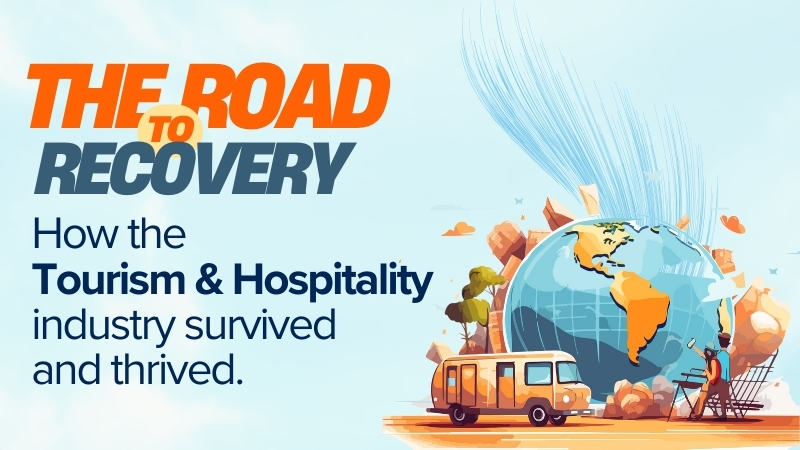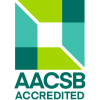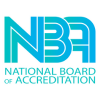Tourism’s Comeback: Strategies for Recovery & Growth: Research by Gupta, S., Kushwaha, P. S., Badhera, U. The tourism industry, once a powerhouse of economic growth and a key player in poverty alleviation, has faced a dramatic upheaval due to the COVID-19 pandemic. The crisis brought about unprecedented travel restrictions, border closures, and mandatory quarantines, which …
The Road to Recovery: How the Tourism and Hospitality Industry Survived and thrived

Tourism’s Comeback: Strategies for Recovery & Growth: Research by Gupta, S., Kushwaha, P. S., Badhera, U.
The tourism industry, once a powerhouse of economic growth and a key player in poverty alleviation, has faced a dramatic upheaval due to the COVID-19 pandemic. The crisis brought about unprecedented travel restrictions, border closures, and mandatory quarantines, which caused a sharp decline in international tourist arrivals.
Event cancellations, government advisories, and the need for mandatory vaccinations further deepened the crisis, instilling a sense of panic within the tourism and hospitality sectors. The pandemic’s impact was felt globally, with significant drops in hotel occupancy rates and revenue per available room. Countries reliant on tourism, especially developing nations, severely affected their economies.
The sharp dip in revenue forced many hotels and restaurants to close, highlighting the industry’s vulnerability to such global disruptions. However, as the world gradually recovers, the sector has signs of a slow but steady revival. The tourism industry must adopt several strategic measures to navigate these challenging times.
Apply Now for MBA^/PGDM
Firstly, investing in health and hygiene facilities is crucial to rebuilding trust among travelers. Enhanced sanitation protocols, regular health screenings, and transparent communication about safety measures can alleviate health concerns and encourage tourism. Technological advancements also play a vital role in this recovery. Implementing touchless systems and digital transformations can streamline operations, reduce physical contact, and enhance the overall travel experience.
Rebranding and strategic advertising are essential to boosting traveler confidence post-pandemic. Creative and timely promotional campaigns highlighting safety measures and unique travel experiences can attract hesitant tourists. Focusing on local tourism can help sustain the industry, while international travel remains uncertain.
Promoting local destinations and offering special discounts to local travelers can stimulate domestic tourism and provide much-needed revenue. Operational costs have risen due to the need for compliance with new health regulations.
Hotels and restaurants must find ways to manage these costs efficiently while maintaining high standards of service. Collaboration with local and state governments to repurpose hotel facilities for medical use during crises can provide an additional revenue stream and support community health efforts.
Prioritizing health and safety, leveraging technology, effectively rebranding, and fostering local tourism are crucial to overcoming the pandemic’s setbacks. By implementing these strategies, the tourism industry can adapt to the new landscape, ensuring a sustainable future and emerging stronger from the crisis. The sector’s resilience and creativity will be instrumental in navigating this recovery phase.
Apply Now for MBA^/PGDM
The full research paper can be accessed here
Gupta, S., Kushwaha, P. S., Badhera, U. and Singh, R.K. (2024), “Managing tourism and hospitality industry during pandemic: analysis of challenges and strategies for survival”, Benchmarking: An International Journal, Vol. ahead-of-print.
DOI https://doi.org/10.1108/BIJ-11-2023-0806













